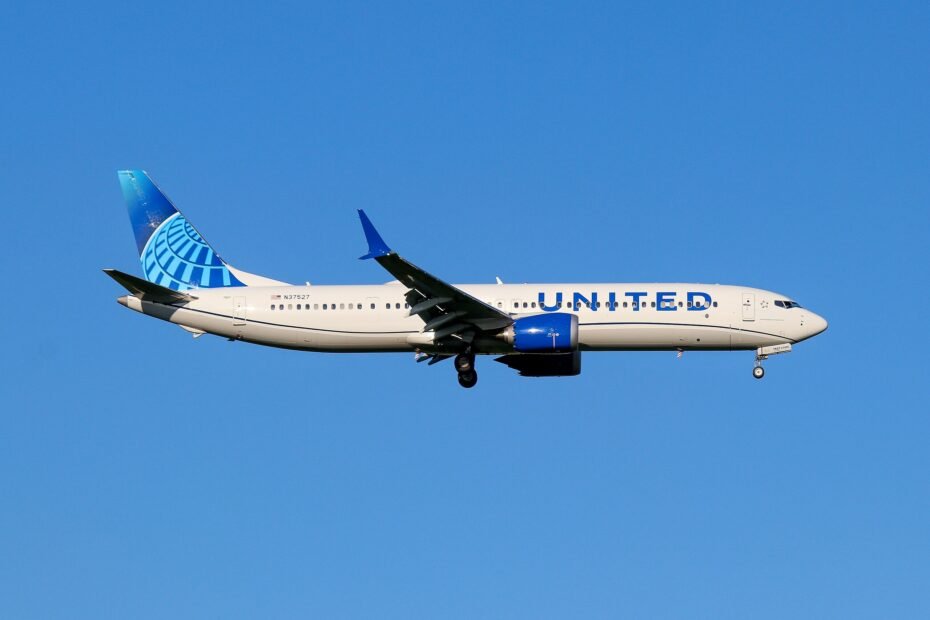Today’s news brings forth a startling revelation from the National Transportation Safety Board (NTSB) regarding the recent blowout incident on Alaska Airlines Flight 1282, which involved a Boeing 737 Max aircraft. The NTSB investigators have disclosed that four critical bolts, crucial for holding the door plug in place, were missing at the time of the blowout, adding a new layer of complexity to an already tense situation.
The Incident and its Impact
Last month, during a flight from Oregon to California, Alaska Airlines Flight 1282 experienced a near-disastrous blowout midair, putting the lives of 177 passengers at risk. The incident has sparked intense scrutiny and raised significant questions about the safety and maintenance protocols of Boeing aircraft, particularly the 737 Max series.
NTSB Preliminary Report Findings
In a preliminary report released by the NTSB, investigators highlighted the absence of four bolts that secure the door plug, a critical component of the aircraft’s structure. The investigation determined that the bolts were missing, leaving the door plug vulnerable to detachment during flight.
Significance of the Missing Bolts
The absence of these bolts raises alarming concerns about the integrity and safety of Boeing aircraft, particularly in the context of pressurization issues and other indicators of potential problems. The NTSB’s findings shed light on a critical safety oversight that could have had catastrophic consequences if not for the quick actions of the flight crew.
FAA Oversight and Boeing’s Accountability
Amidst growing concerns, FAA Chief Mike Whitaker has testified on Capitol Hill regarding the oversight of Boeing and its adherence to safety standards. The incident has prompted a rigorous audit of Boeing’s quality control processes by FAA inspectors, signaling a heightened focus on ensuring airworthiness and passenger safety.
Investigative Process and Future Implications
The NTSB’s investigation into the missing bolts underscores the need for a thorough examination of Boeing’s manufacturing practices and adherence to safety protocols. Questions linger about why the bolts were not installed during the assembly process and why essential safety checks were overlooked.
Expert Analysis and Insights
Aviation experts and safety analysts, including former FAA inspector David Susi, weigh in on the gravity of the situation and raise critical questions about Boeing’s organizational culture and commitment to safety. The incident highlights systemic issues within the aviation industry and the imperative of maintaining rigorous safety standards at every stage of aircraft production and maintenance.
Conclusion: Addressing Safety Concerns and Accountability
As investigations continue and more details emerge, the aviation industry faces a pivotal moment in addressing safety concerns and ensuring accountability for lapses in protocol. The safety and well-being of passengers must remain paramount, driving industry stakeholders to uphold the highest standards of safety and transparency.
In conclusion, the missing bolts incident serves as a stark reminder of the inherent risks and complexities involved in aviation. It underscores the need for comprehensive oversight, robust safety protocols, and unwavering commitment to ensuring the integrity and reliability of commercial aircraft. As the investigation unfolds, the aviation community must remain vigilant and proactive in identifying and addressing potential safety hazards to prevent future incidents and safeguard the lives of passengers and crew members alike.
